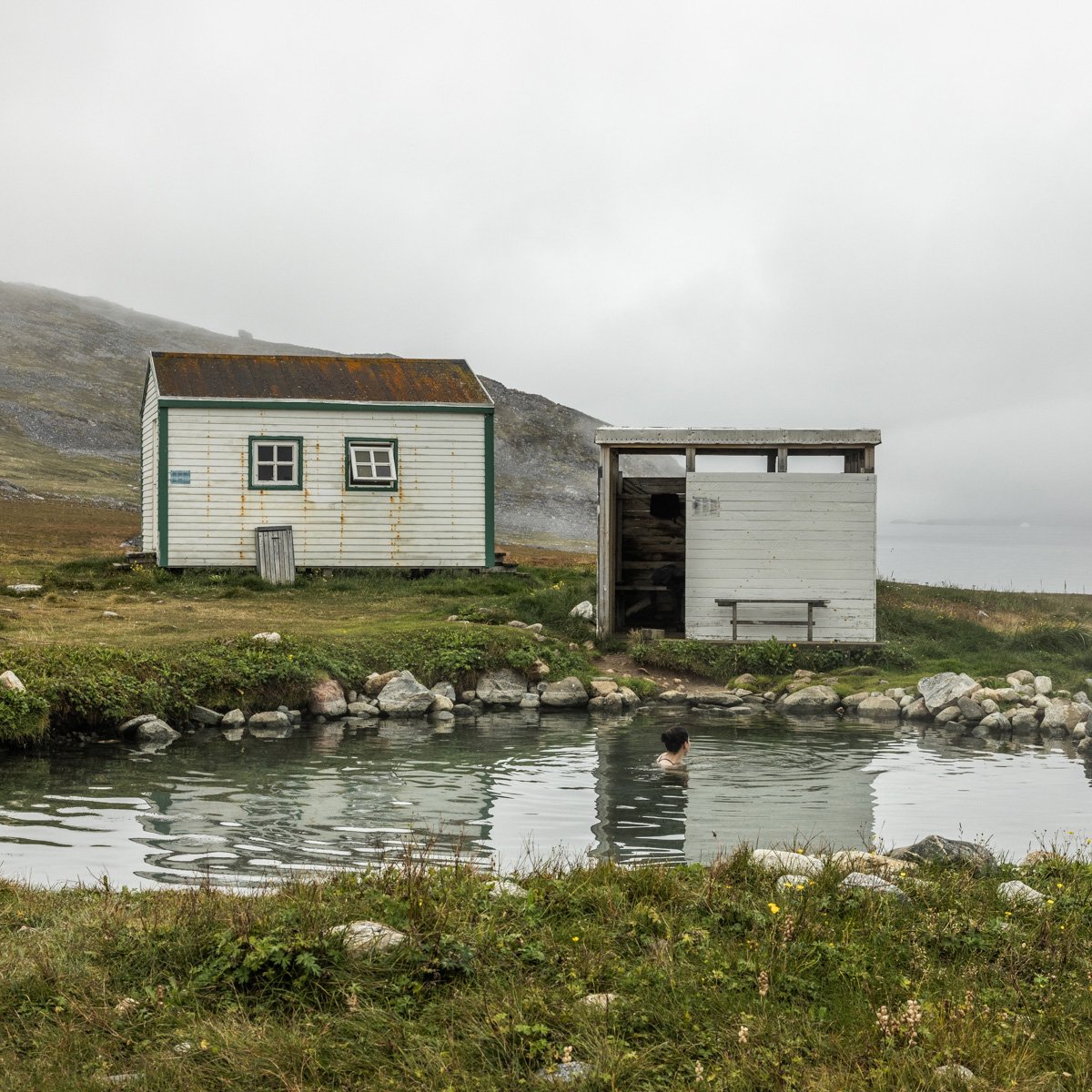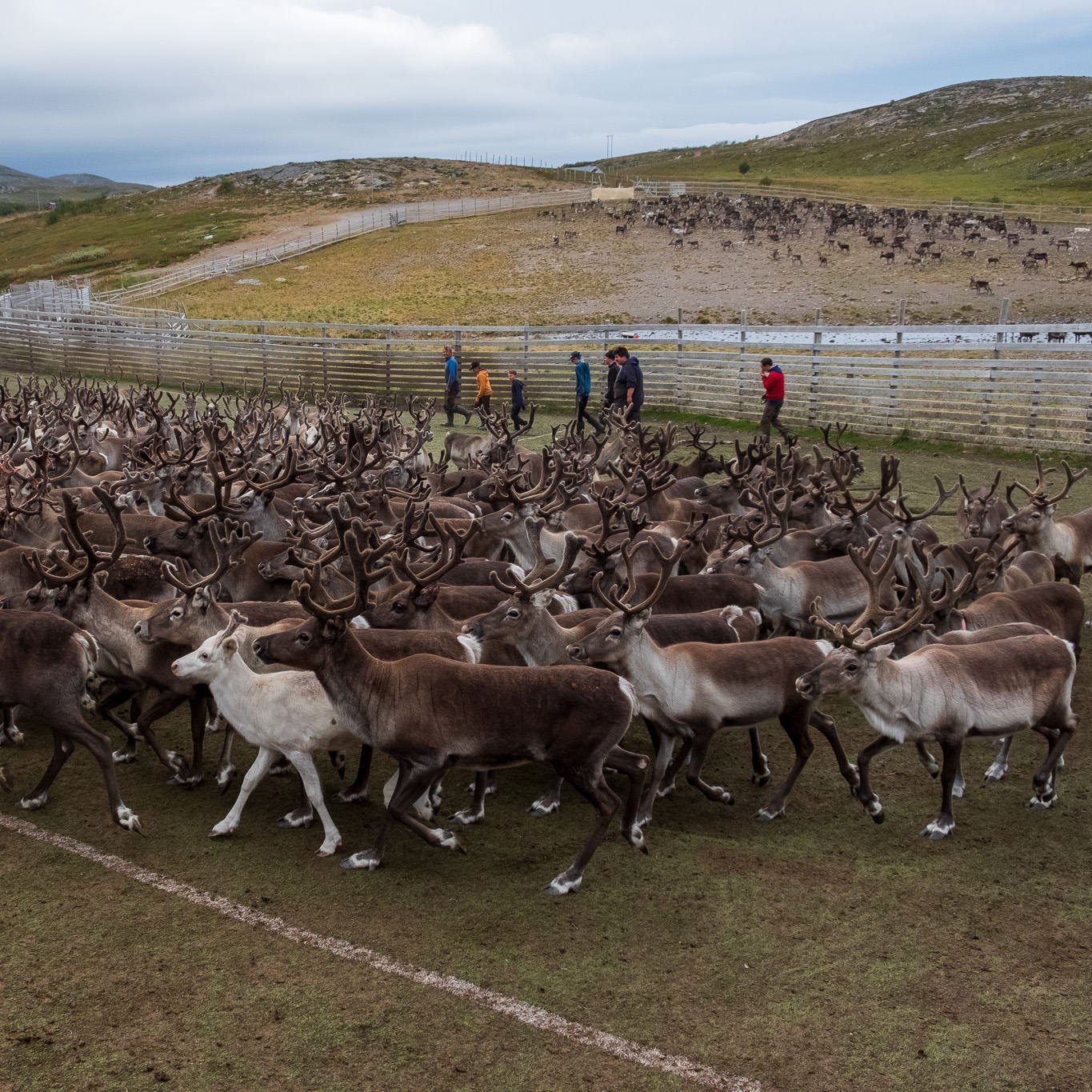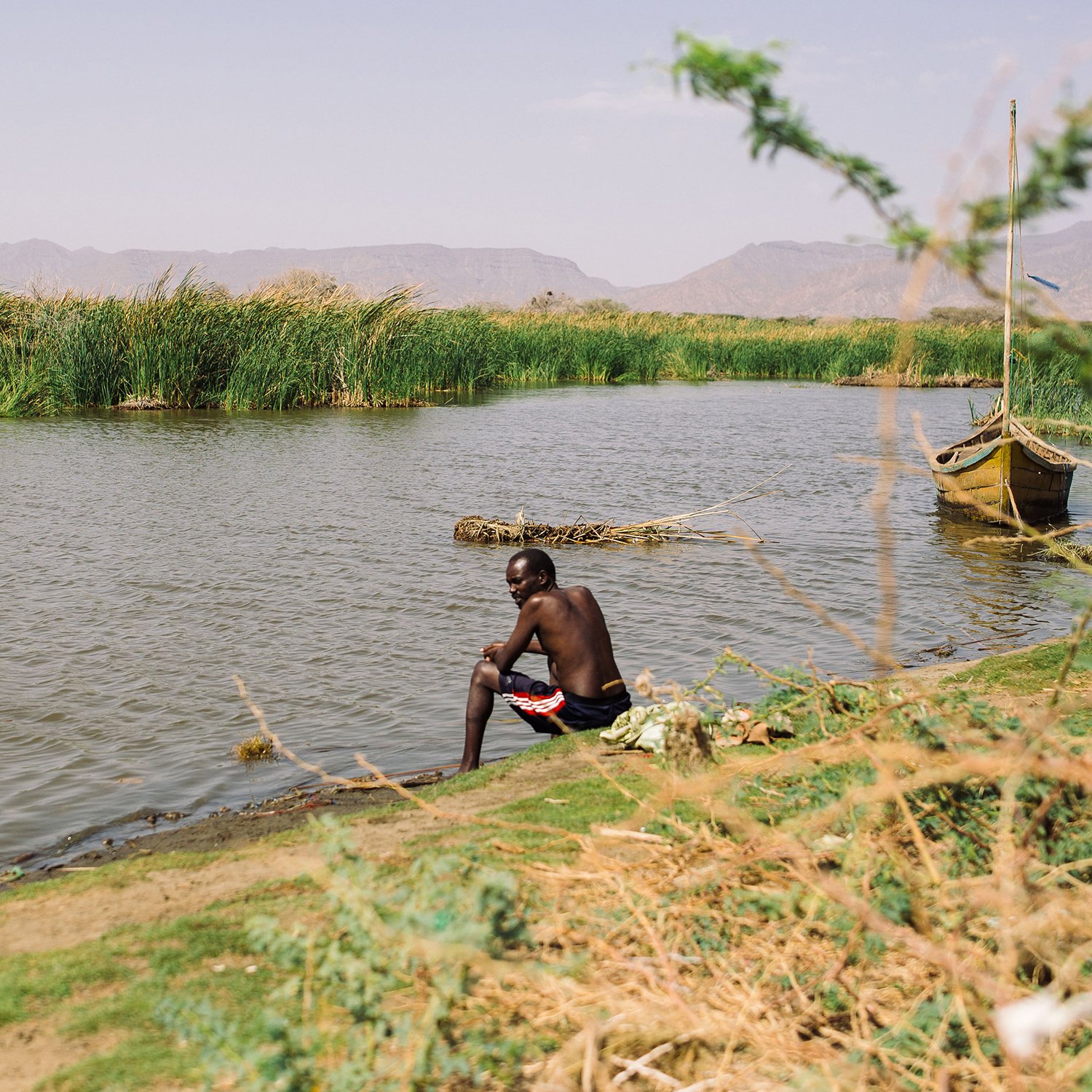The World’s Hot Springs
A photographer’s encounter with natural springs, thermal pools and public baths — and the people who care for them.
SEPTEMBER 19, 2024
Japan has two kinds of public baths — onsen, which use geothermal water, and sentō, which use heated municipal water. The sentō serves an important social function, providing a gathering space for community members. Baths like Umo No Yu in Tokyo may also serve as a necessary bathing space, as many older urban homes were built without full bathrooms.
Hot springs are so varied, so robust with their heat, it’s easy to forget how fragile they are. Each wild spring is part of a geothermal food web, a network of fungi, algae, bacteria, insects and animals — it’s an ecosystem that also includes us, the people who visit them.
For about a year and a half, I traveled the world documenting these springs and our relationship to them for my book Hot Springs: Photos and Stories of How the World Soaks, Swims, and Slows Down.
As I worked on my project, I met fellow travelers: We’d sit side by side in the hot water, swapping stories until our fingers pruned. I also met the people who cared for these springs. People who mixed hot and cool water together until the temperature was just right, people who drained and scrubbed pools, who monitored the number of visitors or tended to the local environment.
These pools, I realized as I lay in them, allow us to feel cared for — in a hot spring, you can feel the providence of nature, how it feels to rest and be warmed. And this care is mutual, it requires us to be caretakers as well.
For Mike Ginsburg, who goes by “Mystic Mike” and runs Mystic Hot Springs in Utah, hot springs are literally home: The check-in office is in his living room, adjacent to a stage covered in instruments and tapestries. The main desk sits under a framed portrait of Jerry Garcia. The entire property is filled with the heeeyoooo calls of roaming peacocks. In the mornings, he tends to his gardens, built over a filled-in swimming pool. The six cast-iron bathtubs that Mike installed in the hillside have become consumed by minerals the colors of a psychedelic sunset. “It’s just unbelievable that I could be the caretaker of something so amazing,” he told me.
At Grutas Tolantongo, a thermal bath complex in Mexico, Brigido Rebolledo Cruz cleans the cliffs surrounding the pools, walking nimbly on its sheer sides in rubber boots. He’s worked here for 35 years. While we chatted at the entrance of the pools, a coati — an animal like a raccoon — ate a stack of leftover tortillas on top of a shrine of the Virgin Mary. In the evening, when the work was done, he and the other workers reclined in the uppermost pool with a little boom box.
At Riemvasmaak in South Africa, Henry Bassoon and his colleagues always take a soak when it’s time to clean the hot springs. “We give ourselves a chance to be in the water and feel it, feel that sensation and relax,” he said. This is his home, the place that receives his care and attention. But he believes a relationship to the land is available to anyone. “When you are visiting a hot spring, or any place, don’t just come for a jolly thing: Try to make that connection,” he said. “In a hot spring, you get yourself disconnected from the things that rush you and connect again to nature itself.”
I found that the way we think of land and nature shapes the way we tend to it. Greenland, home of the Uunartoq hot springs, is uniquely managed: No one can own land, all land can only be borrowed, with the terms of its use agreed upon cooperatively. Coming from the U.S., a nation where most land is privatized, it took me a while to understand how a place could have no landowners, how an entire country could be shared. I spoke with social scientist Naja Carina Steenholdt, who explained, “It’s rooted in our vision of nature. It’s rooted in the perspective that we cannot own nature, that it can only be borrowed while we live.”
Caretaking can be a policy, a job or a personal action. I met people who filled their pockets with litter to help keep the area around hot springs clean. Once, at a hot spring temple in India, a woman fainted in the water. Within moments, the other bathers had supported her body with their own as they lifted palmfuls of cold water to cool her. People often feel closer at hot springs, talking with strangers like old friends, the water making its own sort of community.
Taeko Shigihara is the third-generation owner of a public bath in Tokyo, which she manages with her husband Kazuyuki. It would be easier to accept a lucrative offer from a real estate agent and sell the sentō, they both said. But they have dedicated their lives to preserving the public bath for the neighborhood and know that people depend on them. Kazuyuki has spent years noticing the intricacies and intimacies of the bath. “Sentō is a great place to understand how people live,” he said. “I listen to the people and can hear what they worry about and discuss with each other.” In places like Iceland and Japan, the local bath house holds an important function as a third space: where people gather, clean their bodies, share conversation, or rest.
As a photojournalist, I have made a career of being a full-time visitor, a professional observer, a perpetual job-shadower. I’m learning to be a caretaker, too.
Left: Yellowstone National Park became the world’s first protected national park in 1872. The presence of natural wonders like geysers, fumaroles, and other geologic features led to the protection of the region and the formalized concept of preserved natural spaces.
Right: Each hot spring has a unique mineral content, temperature balance, and water characteristics. Some can be home to specific species, like this algae growing in hot spring runoff in Thermopolis, Wyoming.
Yellowstone National Park became the world’s first protected national park in 1872. The presence of natural wonders like geysers, fumaroles, and other geologic features led to the protection of the region and the formalized concept of preserved natural spaces.
Each hot spring has a unique mineral content, temperature balance, and water characteristics. Some can be home to specific species, like this algae growing in hot spring runoff in Thermopolis, Wyoming.
To get to the hot springs on the island of Uunartoq in southern Greenland, you must take a plane, two helicopters and a boat, passing icebergs and small Arctic communities en route.
Uunartoq's hot springs are an archaeological relic, likely built by the Norse around 1,000 years ago. The island of Uunartoq was home to both Inuit and Norse people, for whom the hot springs may have been their only submersion in warmth.
Left: In 1995, Mike Ginsberg’s double-decker bus broke down at a sleepy hot spring in Monroe, Utah. He bought the hot spring, calling it “Mystic Hot Springs,” and installed old cast iron tubs into the hillside. The tubs are now encrusted with sunset-colored minerals.
Right: Henry Basson was forcibly evicted from his homeland in South Africa, which included Riemvasmaak Hot Springs, as a child. Decades later, he returned to Riemvasmaak to work as its caretaker, working to maintain the hot springs and restore the surrounding ecosystem.
In 1995, Mike Ginsberg’s double-decker bus broke down at a sleepy hot spring in Monroe, Utah. He bought the hot spring, calling it “Mystic Hot Springs,” and installed old cast iron tubs into the hillside. The tubs are now encrusted with sunset-colored minerals.
Henry Basson was forcibly evicted from his homeland in South Africa, which included Riemvasmaak Hot Springs, as a child. Decades later, he returned to Riemvasmaak to work as its caretaker, working to maintain the hot springs and restore the surrounding ecosystem.
Hinode Yu is one of Tokyo’s older sentō baths. As real estate and operational costs increase and sento owners age, many public baths have closed. There is a small effort among young people to preserve Tokyo’s bathing culture.
Left: Grutas Tolantongo in central Mexico is managed by a work cooperative called an ejidoin which work, decision-making, and profits are distributed among members of the group. The ejido is a relic of the Mexican revolution.
Right: A father and son swim together in the headwaters of Grutas Tolantongo, a geothermal cave tucked behind a waterfall.
Grutas Tolantongo in central Mexico is managed by a work cooperative called an ejidoin which work, decision-making, and profits are distributed among members of the group. The ejido is a relic of the Mexican revolution.
A father and son swim together in the headwaters of Grutas Tolantongo, a geothermal cave tucked behind a waterfall.


















